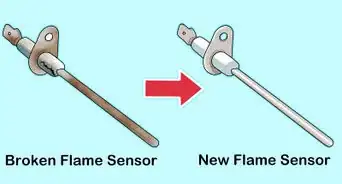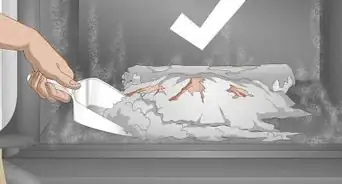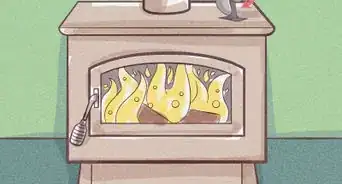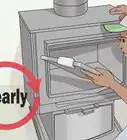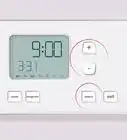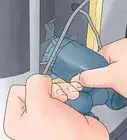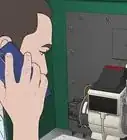This article was co-authored by Gevorg Grigorian. Gevorg Grigorian is an Appliance Repair Specialist and the Owner of G and R Appliance Repair in Los Angeles, California. With over 12 years of experience, Gevorg specializes in residential and commercial appliance repairs as well as heating, ventilation, and air conditioning (HVAC) services. Gevorg holds a BS in Business Administration and Management from California State University-Northridge.
There are 9 references cited in this article, which can be found at the bottom of the page.
This article has been viewed 97,618 times.
A thermocouple is a safety device that helps control the gas supply in gas-heated furnaces. When it stops working, the furnace’s pilot light also turns off. For a basic test, attempt to turn on the pilot light again. If you’re still unsure or don’t have a working pilot light, test the thermocouple with a multimeter. Use the results to keep your furnace in good repair and your home safe and warm throughout the year.
Things You Should Know
- Turn the pilot light on for at least 30 seconds and the release it to see if goes out; if it does, it’s a sign your thermocouple isn’t working correctly.
- Use a multimeter to test the leads on the thermocouple when both on and off of the pilot setting mode to see if they maintain a charge.
- If a thermocouple tests at 25 millivolts or lower, it doesn’t have the power to keep a pilot lit and it should be replaced.
Steps
Turning on the Pilot Light
-
1Locate the pilot light controls on the gas valve. Locate the gas tank, which is in the basement or lowest floor of your home. The pilot light is controlled by a small box with black, red, or white dials. It will also have a metal pipe running into it, carrying the gas supply.
-
2Turn the pilot light on for 30 seconds.[1] The control dial on the gas valve will be labeled. Spin it to the “Pilot” setting. Press the reset button on top of the box to turn on the pilot light. Hold the reset button between 30 to 60 seconds to give the thermocouple time to heat up.[2]Advertisement
-
3
-
4Turn off the gas supply to test the thermocouple again. To double-check that the thermocouple is at fault, look at the dial to locate a position labeled “Off.” Spin the dial to shut off the gas supply. If this isn’t possible, follow the metal pipe leading into the pilot light controls. It will have a small valve on top of it. Turn the valve counterclockwise to stop the flow of gas.[5]
-
5Count to 20 and wait for the pilot light to go out. With the gas flow shut off, the pilot light has to fade. If the flame is still there after 20 seconds, the gas supply isn’t off. Adjust the dial and valve to try again.[6]
-
6Listen for clicking near the gas valve. The clicking comes from the spot where the gas supply pipe meets the gas valve box. If you hear clicking before the 20 seconds are up, it’s a sign that your system needs repairs. Both the thermocouple and gas valve may be bad. Call a professional.[7]
- Only professionals have the parts and legal licensing to replace a gas valve. They will replace the thermocouple when they do this.
Using a Multimeter
-
1Locate the thermocouple on the gas control thermostat. The gas control thermostat will be on the outside of the gas tank, possibly on a nearby wall. Look for a flexible tube plugged into the side of the thermostat. It is often colored silver or red.[8]
- The tube connects to the gas valve below the pilot light.
-
2Remove the thermocouple with a wrench. Go back to the thermostat and locate the metal nut holding the thermocouple in place. Use a 7⁄16 in (11 mm) wrench to rotate the nut counterclockwise and free the thermocouple.[9]
-
3Turn on the multimeter. For the test, the type of multimeter with red and black clamps is easiest to use. Flip on the multimeter’s power switch. Spin the settings dial to change the measurement to Ohms, represented by the horseshoe-shaped symbol. This is used to measure electrical resistance.[10]
- For more specific instructions on operating your multimeter, read the owner’s manual.
-
4Test the multimeter by holding the leads together. Hold the black and red clamps, or leads, apart. When you point them in opposite directions, the meter should stay to the left at infinity. Bring the leads together and watch as the meter changes to 0.[11]
-
5Connect the leads to the thermocouple. Clamp the black lead over the thermocouple’s top end. This is the part you removed from the thermostat earlier and looks like a rounded nub. Take the red lead and clamp it to the tubing below the nut on the thermocouple. The tubing is either silver-colored or copper and the clamp should be applied directly onto it.[12]
-
6Start the pilot light to begin the test. Change the multimeter to volts first. Flip on the pilot light using the knob on the tank’s gas valve. This is commonly done by turning the knob to the labeled “Pilot” setting and then holding down the reset button on top of the gas valve box.[13]
- If your pilot light doesn’t work, use the wrench to unscrew the thermocouple’s other end. Use a lighter or torch to hold a flame under this end. This end appears needle-shaped and is designed to take on heat, so put the tip into the flame.
-
7Check that the thermocouple reaches 25 millivolts. Give the thermocouple a minute to warm up. After the minute passes, check the multimeter’s display. If it displays millivolts, it should read between 25 and 35. If it only displays volts, look for the meter to move slightly above 0.[14]
- 1 millivolt is equal to 1/1000 of a volt.
-
8Replace the thermocouple if it is broken. A thermocouple that tests below 25 millivolts won’t be able to keep the pilot flame lit. Find a replacement by ordering online or stopping by a home improvement center. Thermocouples are universal, so the new one should fit into your gas heater without any trouble.
- Another option is to call a heating repair person near you. This is a great option if you need help making the repairs or suspect your system has other problems, such as a faulty gas valve.
Our Most Loved Articles & Quizzes
Expert Q&A
Did you know you can get expert answers for this article?
Unlock expert answers by supporting wikiHow
-
QuestionWhat should I do if my thermocouple is coated with a white powder?
 Gevorg GrigorianGevorg Grigorian is an Appliance Repair Specialist and the Owner of G and R Appliance Repair in Los Angeles, California. With over 12 years of experience, Gevorg specializes in residential and commercial appliance repairs as well as heating, ventilation, and air conditioning (HVAC) services. Gevorg holds a BS in Business Administration and Management from California State University-Northridge.
Gevorg GrigorianGevorg Grigorian is an Appliance Repair Specialist and the Owner of G and R Appliance Repair in Los Angeles, California. With over 12 years of experience, Gevorg specializes in residential and commercial appliance repairs as well as heating, ventilation, and air conditioning (HVAC) services. Gevorg holds a BS in Business Administration and Management from California State University-Northridge.
Appliance Repair Expert
Warnings
- Gas valves cannot be repaired. If you suspect this is the problem instead of the thermocouple, call a professional.⧼thumbs_response⧽
References
- ↑ Gevorg Grigorian. Appliance Repair Expert. Expert Interview. 30 July 2020.
- ↑ https://www.familyhandyman.com/plumbing/water-heater/how-to-fix-a-water-heater-pilot-light/view-all/
- ↑ Gevorg Grigorian. Appliance Repair Expert. Expert Interview. 30 July 2020.
- ↑ https://www.bobvila.com/articles/furnace-troubleshooting-2/
- ↑ https://www.familyhandyman.com/heating-cooling/furnace-repair/do-it-yourself-furnace-maintenance-will-save-a-repair-bill/view-all/
- ↑ https://www.familyhandyman.com/plumbing/valves/how-to-locate-your-gas-shutoff-valve-and-water-shutoff-valve/view-all/
- ↑ https://www.familyhandyman.com/plumbing/water-heater/how-to-replace-a-water-heater-thermocouple/view-all/
- ↑ https://www.bobvila.com/articles/furnace-troubleshooting-2/
- ↑ https://www.familyhandyman.com/plumbing/water-heater/how-to-fix-a-water-heater-pilot-light/view-all/
- ↑ https://www.sensorsmag.com/components/using-precision-digital-multimeters-for-quick-checks-temperature-transducers
- ↑ https://highperformancehvac.com/how-test-thermocouple-multi-meter/
- ↑ https://highperformancehvac.com/how-test-thermocouple-multi-meter/
- ↑ https://heatinghelp.com/systems-help-center/thermocouple-testing-procedure/
- ↑ https://heatinghelp.com/systems-help-center/thermocouple-testing-procedure/
- ↑ Gevorg Grigorian. Appliance Repair Expert. Expert Interview. 30 July 2020.
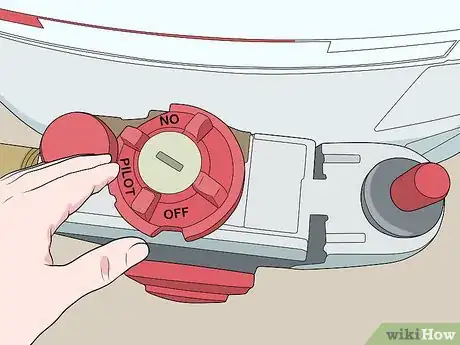
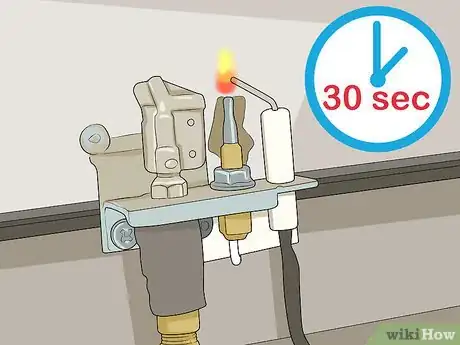

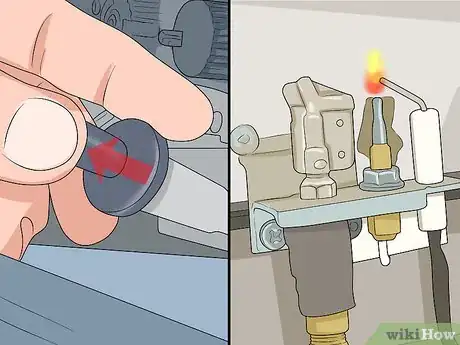
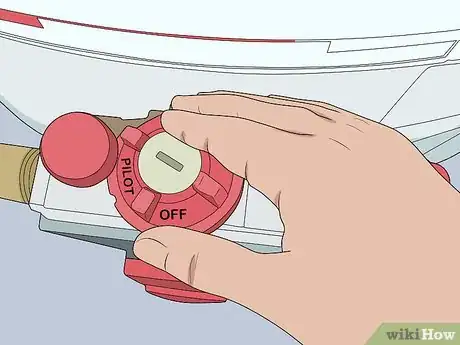
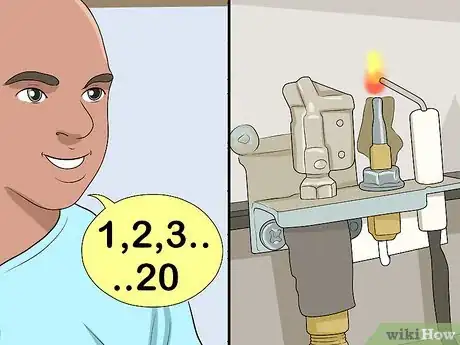
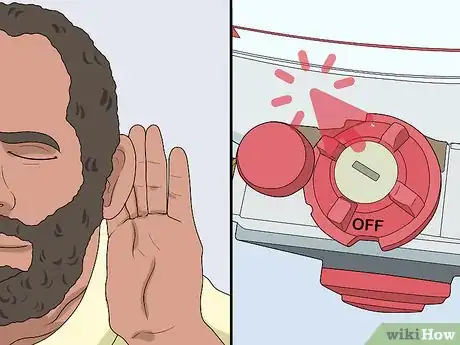
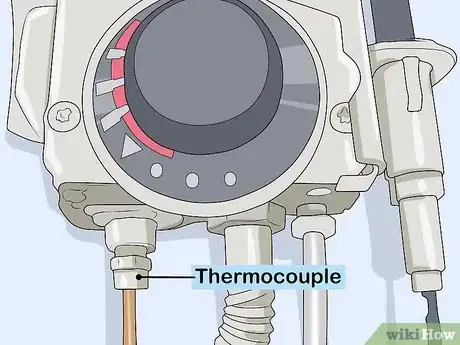
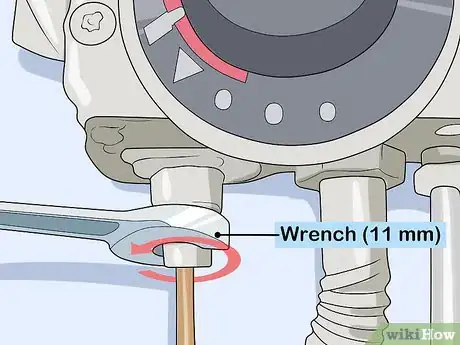
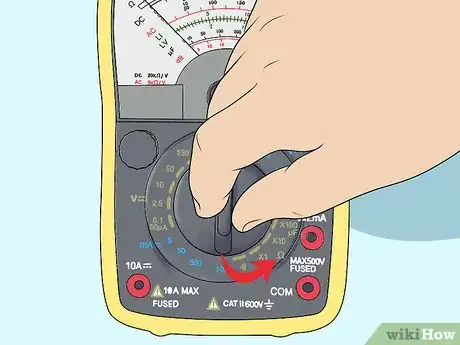
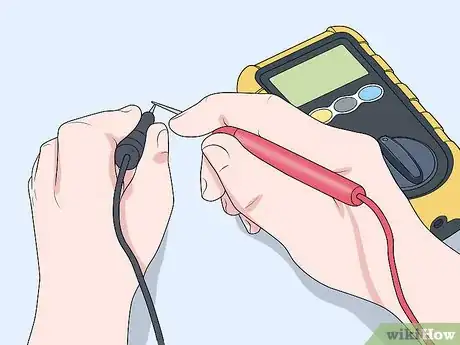
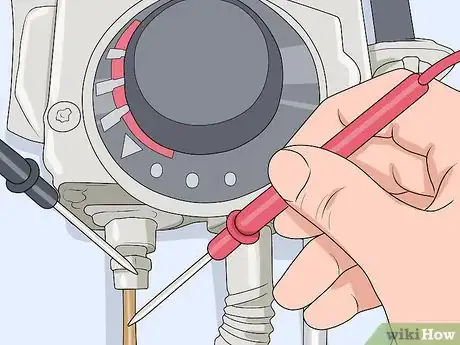
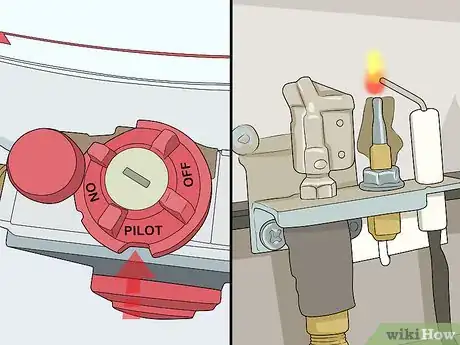
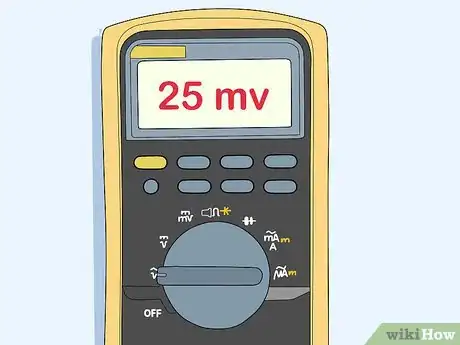
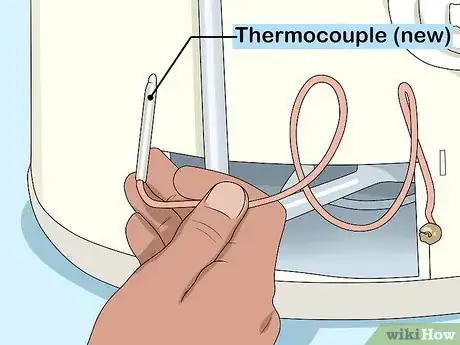






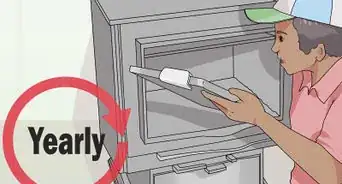
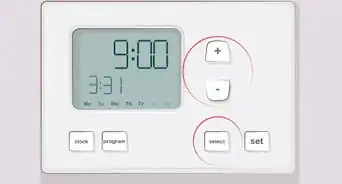
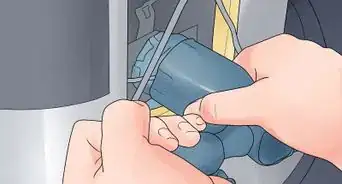
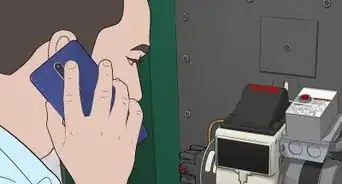
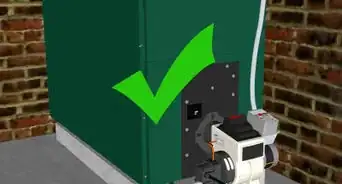
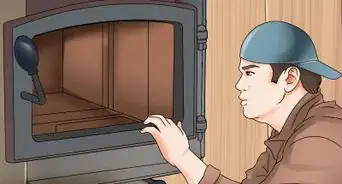
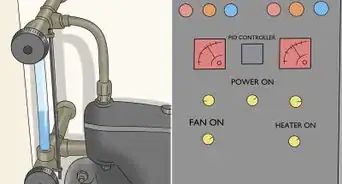

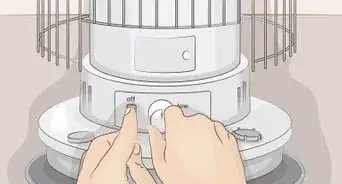
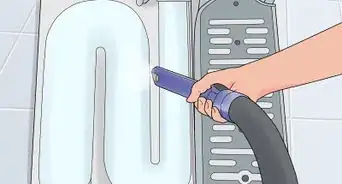
-Step-34.webp)
